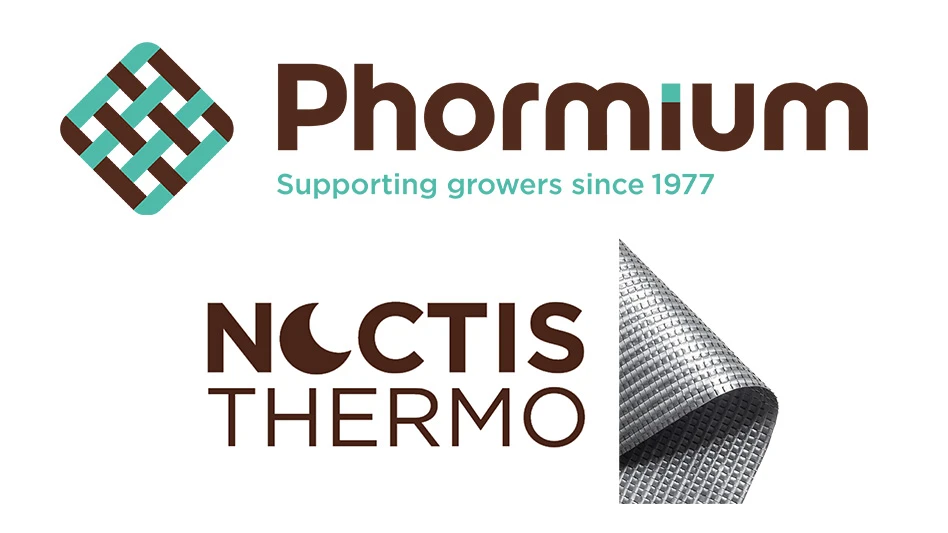
Jim Crockett and Rick Fletcher from Nufarm share their best practices for combating common pests, what products they recommend using in the greenhouse and why insecticide rotation is essential for growers.
Jim Crockett, Ornamental Account Manager, Great Lakes & Midwest
Q: What are best practices for tackling ornamental pests such as fungus gnats, thrips and whiteflies?
A: Fungus gnat control begins with cultural activities to prevent the potential for larvae. Greenhouse sanitation, watering practices and media selection are critical. And should this fail, use chemical treatments that target fungus gnats in their two vulnerable stages: immature and adult. Control is made simple by drench or spray application to the media.
Thrips control is more difficult due to their ability to grow from egg to adult within one week and remain an active adult for more than one month. No known insecticide is effective on the pupal stage, so if you missed the larva by not using a translaminar insecticide as a spray, you’ll have to try to control the winged adult.
Regarding whiteflies, cultural activities and sanitation are also critical. Inspect all plant materials from propagators, and monitor each pest using sticky cards at plant level on benches. Remember that the egg stage and non-feeding pupae stages will not be controlled with pesticides — only the feeding larval stage and adult stage are controllable.
Rick Fletcher, Technical Services Manager, Nufarm US Turf & Ornamental
Q: What treatments would you recommend for controlling fungus gnats, thrips and whiteflies?
A: Combating ornamental pests is crucial to ensure important crops such as poinsettias, pansies, and chrysanthemums remain healthy and ready for the season. Growers need to have a successful preventive program in place to best control insect pests.
We recommend the following for fungus gnats:
- Safari®: Long residual drench (six weeks)
- Gnatrol®: Drench the soil area
- Distance® IGR: Excellent control product
We recommend the following for thrips:
- TriStar®: Use as a translaminar on adults
- Safari®: Long residual drench (six weeks)
- Overture®: Excellent on thrips, different mode of action
We recommend the following for whiteflies:
- Safari®: Controls Q- and B-biotypes, drench for residual
- Menace®: Spray only on adults, no phytotoxicity problems
- Distance® IGR: Good on immatures, drench or spray
- TriStar®: Spray only as translaminar, rotate with Safari
Q: Why is insecticide rotation crucial to an insect resistance management program?
A: Rotating between insecticides with different modes of action prevents insects from becoming accustomed and gaining resistance to a certain product. A spray program ensures an insecticide is not used more than three times in succession.
Photo: Adobe Stock
Latest from Greenhouse Management
- This month's Greenhouse Management magazine is about native plants and sustainability
- The HC Companies, Classic Home & Garden merge as Growscape
- Terra Nova releases new echinacea variety, 'Fringe Festival'
- Eason Horticultural Resources will now officially be known as EHR
- BioWorks receives EPA approval for new biological insecticide for thrips, aphids, whiteflies
- ScottsMiracle-Gro transfers cannabis subsidiary to focus on core lawn and garden business
- Should we start calling natives 'eco-beneficial plants'?
- Ellen Mackenbach-Lakeman appointed new CEO of Dümmen Orange





